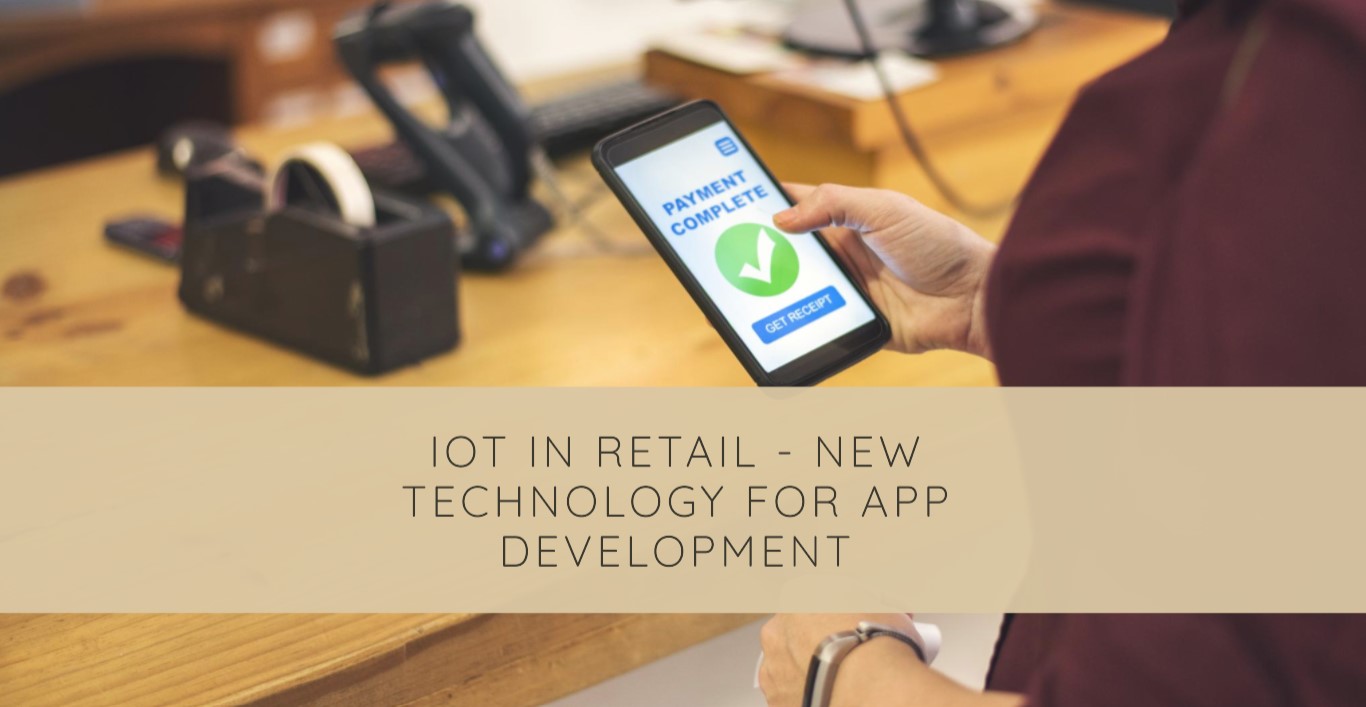The importance of mobile app development to today’s fast-evolving mobile space can never be overemphasized. The evolution of smartphones has seen them being more than simple communication devices into suited tools to handle several tasks ranging from ordering food to navigating directions.
It also marks the need for a carefully done mobile application that makes the user’s experience better and business more successful. To guarantee the quality of this software, meticulous testing is often necessary since usability, security and functionality are vital things to consider. More users now turning to mobile apps for help in everyday chores and boosting productivity, so the need for developers to perform extensive testing to satisfy the user demands and maintain app reliability remains crucial.
At the core, the development of a successful mobile app boils down to incorporating the right mix of efficient design, technical skills, and strong user understanding, tuned to the need to gain traction in the present competitive landscape.
Idea Generation and Conceptualization
Idea generation and Conceptualization play a pivotal role in setting up a strategic mobile app startup right from the beginning. It all starts with a good concept that addresses a particular need, enhances usability, or provides some fun or entertainment value. This stage is characterized by brain-storming sessions, very detailed market research, and absorbing feedback from users to convert the initial concept into a plausible app idea.
Developers need to focus on clarity and uniqueness to lay a solid foundation for the application, thus increasing its resonance and appeal in the challenging mobile ecosystem.
User-Centric Design:
Prioritizing user experience (UX) is paramount in ensuring the success of a mobile app. A well-designed app should be intuitive, engaging, and easy to navigate, providing users with a seamless and enjoyable experience. Intuitive design means that users can easily understand how to use the app without needing extensive instructions or guidance. Engaging design elements such as appealing visuals, interactive features, and personalized experiences can capture users’ attention and keep them coming back for more. Additionally, ensuring easy navigation allows users to move effortlessly through the app, finding the information or performing the actions they desire with minimal effort.
By focusing on UX design, developers can create a positive impression, foster user satisfaction, and ultimately increase the app’s adoption and success in the competitive mobile market.
Platform Compatibility:
User experience (UX) is the key focal point of any successful mobile app. An app that has a nice user interface should be easy to understand, interactive, and simple to use, ensuring an effortless and pleasant experience for the users. The intuitiveness of the design means that a user can operate the application quickly and without any need for in-depth instructions. Compelling design elements like attractive images, interactive elements, and individualized interactions can grab users’ focus and lead to continued usage. Furthermore, accessibility helps users to go from place to place in the app without complication, locate the data, or carry out the operations they wish for without straining.
Performance Optimization:
Keeping the performance of a mobile app optimized is a core factor in offering users a smooth and pleasant user experience. The fast loading, smooth operation, and easy consumption of the device resources are some of the major aspects of performance optimization. Loading times can be reduced, thus speeding up content access, which can remove user frustration and boost engagement.
The smooth operation guarantees that the program responds to the user right away to interactions, creating a seamless and user-friendly experience. Again using resources of the device efficiently like CPU, memory, and battery helps preserve the battery life and avoid slow downs or crashes. To accomplish the above objectives, there are multiple approaches that the developers can apply which include coding optimization, caching, lazy loading, and minimizing the number of network requests. Utilizing hardened testing and constant optimization, developers will be able to ensure that the app runs smoothly no matter what device or usage scenario is and hence ensure that users are satisfied and retained in the app.
Scalability:
When designing a mobile app likewise, in perspective, one should give due thought to scalability as future changes, updates, and higher-than-expected user demand will require more processing power. Scalability is a property, which enables the app to perform well under various user bases, feature evolutions and technological advancements. Scalability can be designed into systems so that developers can develop flexible architectures, modular components, and infrastructure that is scalable to support system expansion in the future. The proposed method makes the application more flexible, as it can be refactored on the go to meet new requirements and market trends, hence, decreasing the need for major redesigns or overhauls.
Moreover, scalability enables facilitating the deployment of updates and new features which in turn, ensures the app is competent and up to date. Innovation becomes a constant in the mobile app development landscape where scalability is prioritized during the design stage. To achieve this, the app should be designed in such a way that flexibility and adaptability are considered. This will allow the app developer to expand the application in the future while at the same time providing a strong and stable platform that will lead to long-term success and continuous growth.
Security:
The implementation of effective security controls is crucial as it aims to protect user data and align with privacy regulations. Through securitization of data, developers can prevent the compromise of confidential information and other forms of cyber threats. This also entails implementation of the encryption procedures to secure data transmitted and stored, enacting strong authentication systems, and constantly updating security protocols to counter new threats. Furthermore, compliance with the existing privacy regulations, including GDPR and CCPA, is important also because it reinforces user trust in and confidence in the privacy of data that they share. By embedding security in all the phases of the app development cycle, developers will be able to minimize risks, avoid systemic vulnerabilities and ensure data integrity, which is why ultimately, users will experience a safe and secure application.
Testing and Quality Assurance:
Complete testing that involves diversity in devices, platforms, and scenarios is fundamental for finding and settling bugs, errors, and usability problems in a mobile app. Through the broad scope of tests, developers can be sure that the app works perfectly and smoothly on different platforms, different variations of operating systems and different scenarios of use. It includes testing for cross-platform compatibility, performance, functionality, and usability on a variety of devices; for example, smartphones and tablets running different versions of iOS and Android. Including testing in different network scenarios, such as different network conditions, and user interactions, also helps discover possible issues that might occur when the application is used in real life.
Better quality and stability of the app can be achieved by diligently identifying and fixing bugs and usability issues right from the early stages of development. This translates to greater customer satisfaction and success in the tough mobile marketplace.
Feedback and Iteration:
User feedback and analytics gathering are essential for regularly enhancing a mobile application through updates and iterations that match user wants and tastes by proper application of the mobile application’s continuous improvement principle. Feedback from the users can help developers to understand how the app is used, which features are more valuable, and, the areas which require improvements
These insights can be gathered through different mediums like in-app surveys, reviews, and social media. Also, analyzing app usage data and user behavior yields meaningful metrics and findings to assess user engagement, retention, and conversion rate. With this data, developers can focus on the real benefits and relief of pain for users in decision-making about priority features and enhancements.
Through a staged approach of releasing updates that are based on user feedback and analytics, developers can keep the app relevant, competitive and well-received even though the mobile landscape is always changing.
Marketing and Promotion:
Creating a complete marketing plan is crucial for the successful promotion of a mobile app and for finding the app’s right audience. A perfect marketing strategy should comprise different tactics such as delivering value to the app’s target demographic, leveraging market trends and the app’s competitive advantage.
This can use social media platforms, e.g. Instagram, Facebook, and Twitter, to develop a buzz and engage with prospective users.
Moreover, with the help of ASO techniques, it is possible to optimize the app’s visibility and ranking in app store search results. Additional strategies involve influencer marketing, content marketing, email campaigns, and channel marketing, like Google Ads and Apple Search Ads. By putting them together and continuously analyzing the results developers can make the app highly visible, boost the number of downloads and finally succeed in the highly competitive mobile market.
Maintenance and Support:
The constant maintenance and support help in resolving user inquiries, mitigating compatibility issues and thus keeping the app contemporary and in the market. This is about providing users various ways to reach out for help, ask questions, or submit feedback, e.g., through in-app support features, email, or an online support website. Developers should timely consider and resolve users’ queries and issues to keep users happy and satisfied with the app.
Regularly updating the app to meet compatibility challenges with new devices, operating system upgrades and new emerging technologies is also a very important task. It guarantees that the app is operative and usable on different platforms, which means users with different devices can use it, and hence, there won’t be usability problems or bad reviews.
Through ongoing maintenance and support efforts, the developers show that they pay attention to delivering a high-quality and reliable app experience. It aids in developing user loyalty, is more likely to generate positive word-of-mouth recommendations and as a result will help the app gain long-term success in the mobile market which is one of the mobile market’s major competitors.
Final Thoughts
Under the ever-changing circumstances of the mobile world, the achievement of today’s mobile app development is dependent on a more comprehensive perspective that covers all the essential factors. It’s from the very inception phase, conceptualization, user-centered design, platform compatibility, performance optimization, scalability, security, testing, feedback qualification, marketing, and continued maintenance and support, that all stages of a mobile app development work together to make a fluid successful app.
Apps that stand a chance of succeeding in the highly competitive mobile market can be built by emphasizing the user experience, welcoming innovation, and constantly changing to match the needs of users and market trends. By carrying out rigorous tests, obtaining user feedback and making iterative improvements, apps can remain relevant and live longer thus providing continuous user satisfaction.
Therefore, an efficient marketing plan also contributes to the app’s successful marketing, finding its target customers and achieving downloads. By applying mobile app development with a holistic approach, developers can address the intricacies of the mobile universe and create apps that provide value, convenience, and top-notch user experiences.




